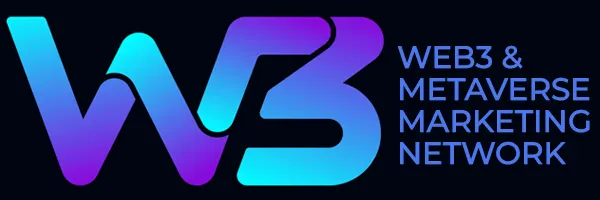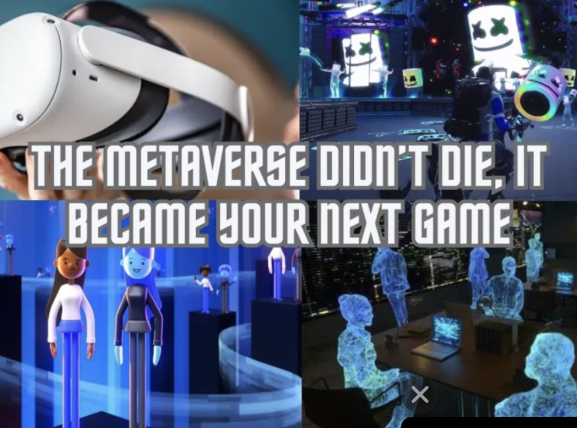The Art Of Integrating Web3 Into Traditional E-Commerce Platforms
The fusion of Web3 with e-commerce marks a significant milestone in the evolution of digital commerce. This new era suggests a future where online transactions are secure, transparent and centered around the user experience. As businesses and consumers embark on this transformative journey, I believe those who embrace these changes will not only adapt but lead the charge in shaping the future of e-commerce.
As I reflect on my experience during the digital marketplace surge in the late ’90s and early 2000s, followed by the blossoming of online B2C e-commerce stores in the 2010s, I remember seeing the transition from a physical-only retail paradigm into one that is increasingly digital. Now, we stand witness to the transformation from e-commerce into immersive commerce.
A Paradigm Shift In E-Commerce
At the heart of Web3 lies its decentralized structure. In this new model, data and transactions are distributed across a network, fostering a higher degree of transparency and traceability in transactions. This shift has profound implications for e-commerce, opening doors to new possibilities in how businesses operate and interact with customers.
Pioneering Marketing Tools
The integration of Web3 technologies offers innovative avenues for marketing in the e-commerce sector. Augmented reality (AR) and faux out-of-home (OOH) advertising are at the forefront of this change, enhancing customer engagement and interaction.
AR transforms the shopping experience by enabling customers to visualize products in their environment. This technology enriches the decision-making process and bridges the gap between online shopping and physical retail experiences. Customers can interact with products virtually, understanding how they would look and fit in their own space, which enhances the likelihood of purchase and can help reduce the rate of returns.
Faux OOH advertising, on the other hand, creates virtual advertising spaces that mimic real-world billboards or signage, offering a new dimension to digital marketing campaigns. These digital spaces provide flexibility and creativity beyond traditional advertising, enabling businesses to engage with customers in unique and interactive ways.
Forbes







